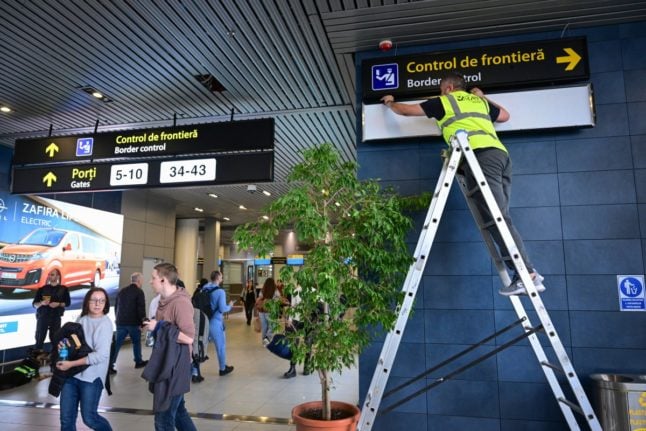Published earlier this week, the decree sets out the bare bones of what British citizens resident in Italy can expect in the event of a no-deal Brexit. Its terms will apply only if the UK fails to reach any other agreement with the EU, and only from the date the UK actually withdraws.
READ ALSO: Cancel Brexit petition heads towards SIX MILLION signatures
You can find the full decree online here (in Italian); see articles 14, 15 and 17 for the sections on citizens' rights.
Here are the main provisions the decree makes for a no-deal scenario:
-
There will be a transition period until December 31st 2020, during which time all British residents will have the opportunity to apply for new, non-EU status. This grace period applies only to Brits who have already registered their residency with their local comune by the time the UK leaves the EU. (Here's a guide to how you can still register your residency before Brexit.)
-
Brits who have been legally resident in Italy for five consecutive years or more at the time of the UK's withdrawal will be allowed to apply for a permesso di soggiorno UE per soggiornanti di lungo periodo, or long-term residence permit.
-
Brits who have been legally resident for less than five consecutive years will be allowed to apply for a special permesso di soggiorno valid for five years, after which they'll have to apply to renew it.
-
Both types of residence permits will protect Brits' rights to work and access social benefits.
-
Any British resident who hasn't obtained a new residence permit by the end of 2020 will be subject to the same rules as all other “third country” – i.e. non-EU – nationals. All current residence permits, including the certificato di residenza issued by the anagrafe (registry office), will become invalid on January 1st 2021.
-
Italy is willing to give British residents continued access to Italian public healthcare until the end of 2020, “on condition of reciprocity for Italian citizens” in the UK.
- British citizens who have accumulated four years of residency in Italy before the date when the UK leaves the EU can apply for Italian citizenship on the same terms as EU nationals until the end of 2020.
The decree is only an outline, and more details are expected to follow.
“Whilst it does provide for our legal residence in the transition period, it is not clear how our other rights during transition are affected,” Delia Dumaresq of the campaign group British in Italy told The Local. The group's committee has a meeting with Italian officials on Friday to seek further clarification.
READ ALSO: UK and Italy in talks on reciprocal healthcare in case of no-deal Brexit
The British embassy in Rome says that the UK and Italy are discussing a “bilateral and reciprocal deal on healthcare” for British and Italian nationals in the event of a no-deal.
“Both sides have committed to cover healthcare,” a spokesperson told The Local.
Italy has previously promised to work with other EU members “to limit the negative consequences of Brexit, and in particular, to guarantee the rights of Italian citizens in the United Kingdom and British citizens in Italy, the stability of the markets, banking, insurance and financial sectors, and a withdrawal that is as orderly as possible in all other respects to protect citizens and businesses” – including in the “undesirable” scenario of a no-deal Brexit.
READ ALSO: EU deals blow to chances of ring-fencing rights of Britons in Europe

Photo: Vincenzo Pinto/AFP



 Please whitelist us to continue reading.
Please whitelist us to continue reading.
“All current residence permits, including the certificato di residenza issued by the anagrafe (registry office), will become invalid on January 1st 2021” Does this means the “Attestazione di soggiorno permanente” also becomes invalid?
Msny thanks for the wonderfully informative articles you put out on Brexit and its implications. I have been a a passionate Leaver for some ten or more years and am infuriated at the denial of the referendum result that Remainers seem to assume is their right. It isn’t – they lost but won’t accept it. I will not continue on this path but will conclude by saying that I have lived and worked in Italy for over ten years (I now live in UK) and it is without a doubt my favourite country. Bureaucratically it is alarmingly awful but nevertheless I lived there pre-EU and hope to do so again so if there is a chance that The Local could investigate what is the best method of so doing should we leave the EU with a no deal and base it on people not living there at the moment that would be good. I realise this is not an immediate priority.